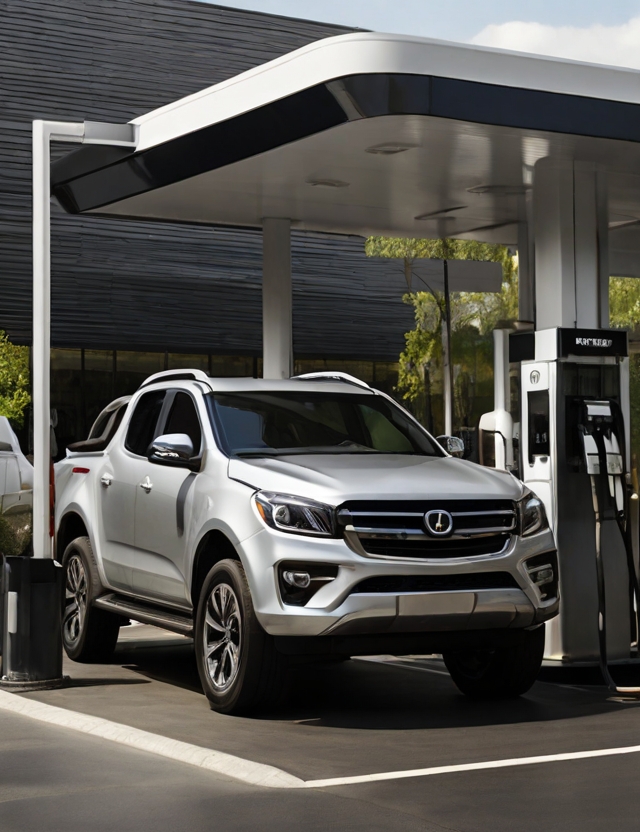There is much discussion about diesel, its composition, and its future. But what about the best option for various engines?
Diesel is one of the most well-known petroleum-derived fuels. It is a liquid with a robust composition, consisting of carbon and hydrogen atoms, along with smaller portions of nitrogen, oxygen, and sulfur.
Given the high numbers in Brazilian road transport, it would be unimaginable to think about the market without this fossil fuel, considering the cost-benefit it provides. We begin by addressing the chemical composition of diesel because this aspect has a direct influence when trying to answer the key question of this article.
According to the standards of the National Petroleum, Natural Gas, and Biofuels Agency (ANP), diesel oil is classified into two basic categories, S-10 and BS-500. The so-called S1800 is for non-road use, applied in open-pit mining, electricity generation, and road transport.
On the other hand, S-10 and BS-500 are intended for road use. They are used in automotive vehicles, agricultural, construction, and industrial machinery. It is these two types that we will discuss next.
Diesel S-10
In its composition, Diesel S-10 has a maximum sulfur content of 10 ppm. This means that there are only 10 milligrams of sulfur for every kilogram of the liquid. This amount is significantly lower compared to traditional diesel.
The use of Diesel S-10 is diverse, covering automotive vehicles, agricultural, industrial, and construction machinery. It has a clear, almost yellowish appearance. Among the main advantages of Diesel S-10 are innovation and concern for the environment.
Diesel BS-500
Diesel BS-500 has a maximum sulfur content stipulated at 0.05%, or 500 mg/kg. It is mandatory to be sold in metropolitan regions, according to ANP regulations. This measure is due to monitoring pollutant emissions.
Stationary engines, i.e., power generators, make extensive use of this type of diesel, which is easily recognizable. With a reddish color and a clear, impurity-free appearance, Diesel BS-500 is also used in diesel vehicles manufactured before 2012.
The truth behind the best diesel
In terms of the environment, it is correct to say that Diesel S-10 is superior. Furthermore, the diesel with a higher cetane number (48 for S-10 and 42 for BS-500) tends to provide better ignition and combustion quality.
However, it is also valid to consider that, given the specificities of each engine, choosing the best diesel is linked to selecting a reliable supplier. Not putting the lifespan of machines at risk by using fuels of poor quality is essential.



